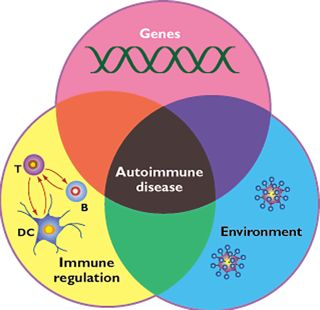
Traditional Tests For Celiac Disease Are Failing

A portal for functional health topics and news.


Celiac Disease (CD) is one possible complication of being gluten intolerant or gluten sensitive. Celiac Disease is characterized by enteropathy (damage) to the intestinal villi. These are the small hairlike projections of the intestinal tract that help us to absorb nutrients from our foods. Those who develop CD appear to show genetic risk factor as well. The DQ2 and DQ8 gene have both been identified as being a high risk factor for developing CD. Those who carry either of these genes are at much greater risk of developing CD. It is believed that about 1 out of 133 people in the US have Celiac Disease.


Many people have heard of yeast infections, and maybe even something called Candida Albicans. Candida Albicans is a type of yeast that lives in our digestive tract. We actually have many types of bacteria like the yeast living in our intestines making up what is called the gut flora. In fact, we have more bacteria living in our gut than we have cells in our body. The average human carries from 3 - 5 pounds of bacteria in the gut.